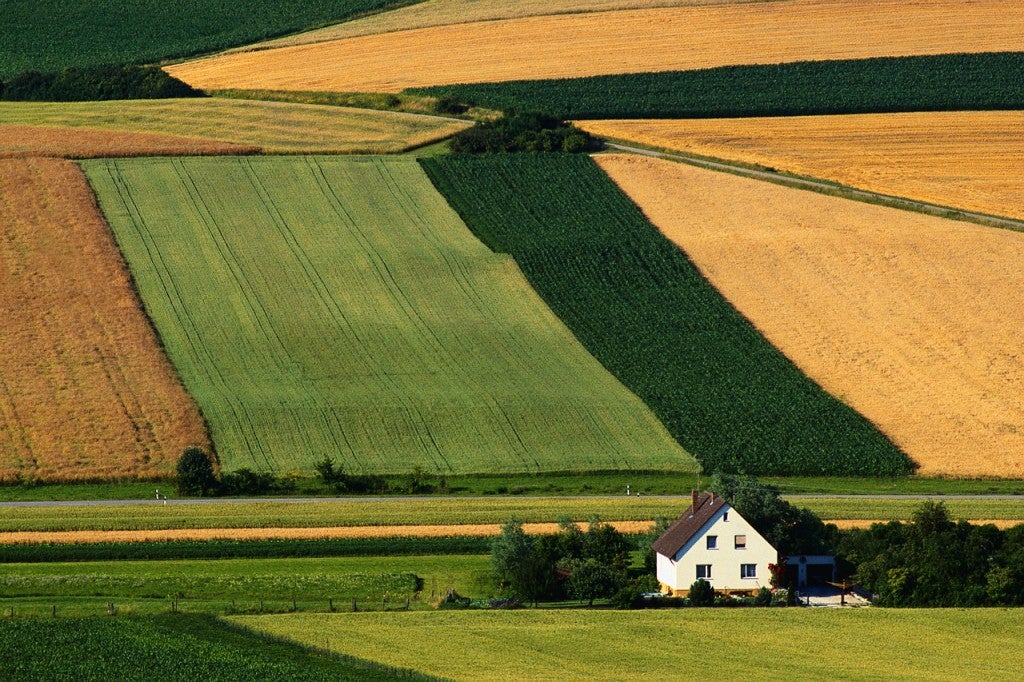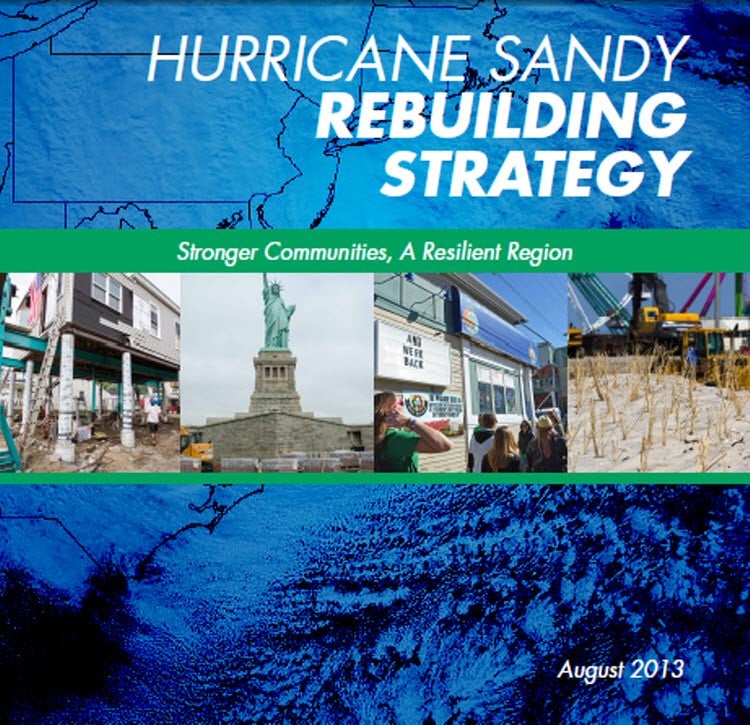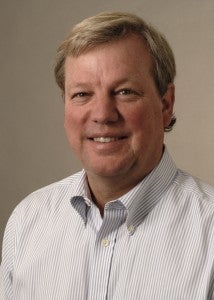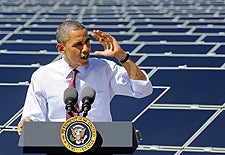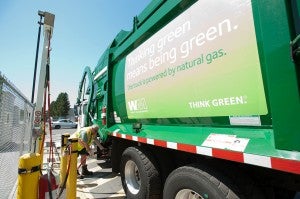Around 20% of the US population lives in an area that is classified as “rural.” The US Census Bureau defines an urban area as a territory with a population of at least 50,000, or a cluster of 2,500 to 50,000 people. Rural is then defined as anything outside of that definition. Rural areas face particular challenges when it comes to energy and water use. For example, utilities are met with higher costs and often find it harder to implement new clean technologies to modernize their energy infrastructure because of the great distances between customers and an irregular patchwork of reliable resources. Besides, many system planners and thought leaders for innovative energy technologies live in urban or suburban areas and may find it harder to relate to the specific challenges of rural settings.
It’s likely that climate change will impact rural communities in different ways than it will urban areas, due to a number of factors including the types of common occupations, poverty levels and demography. Of particular concern is the “climate gap”, which refers to the lower economic and physical adaptability of rural communities. It will vary based on region, but research indicates that rural communities in the Southeast and Southwest could face particularly dire circumstances due to changes in electricity prices and water scarcity.










